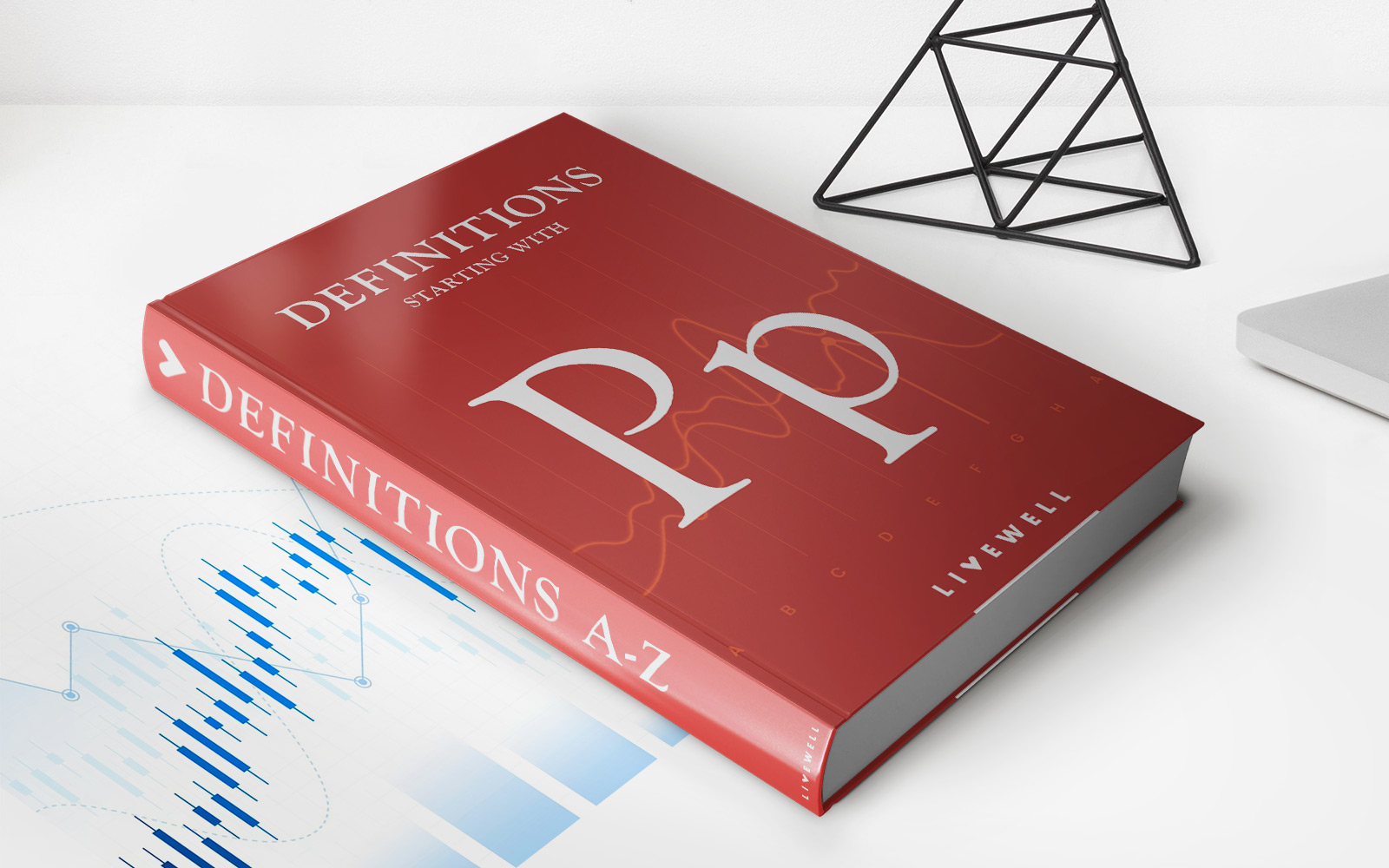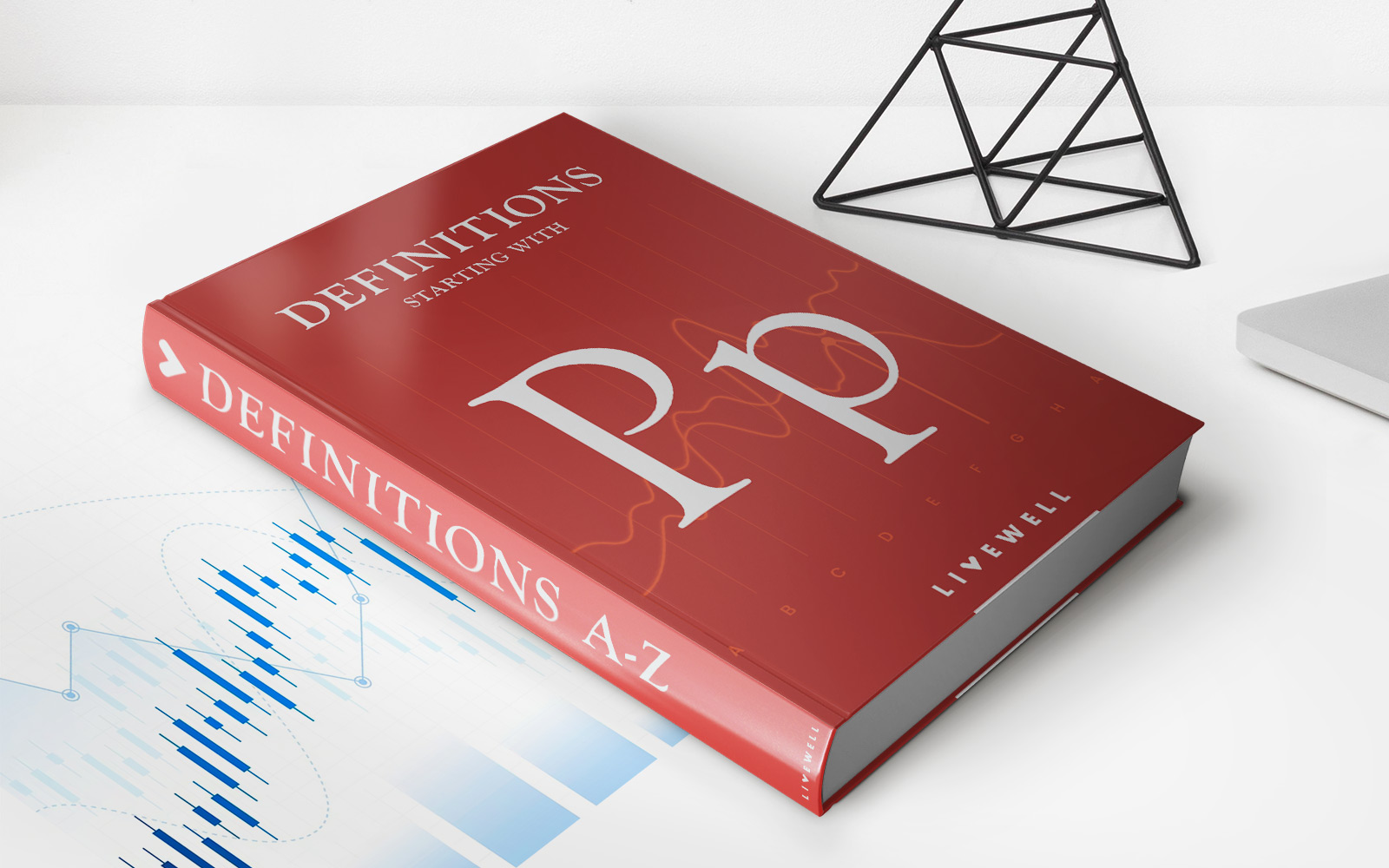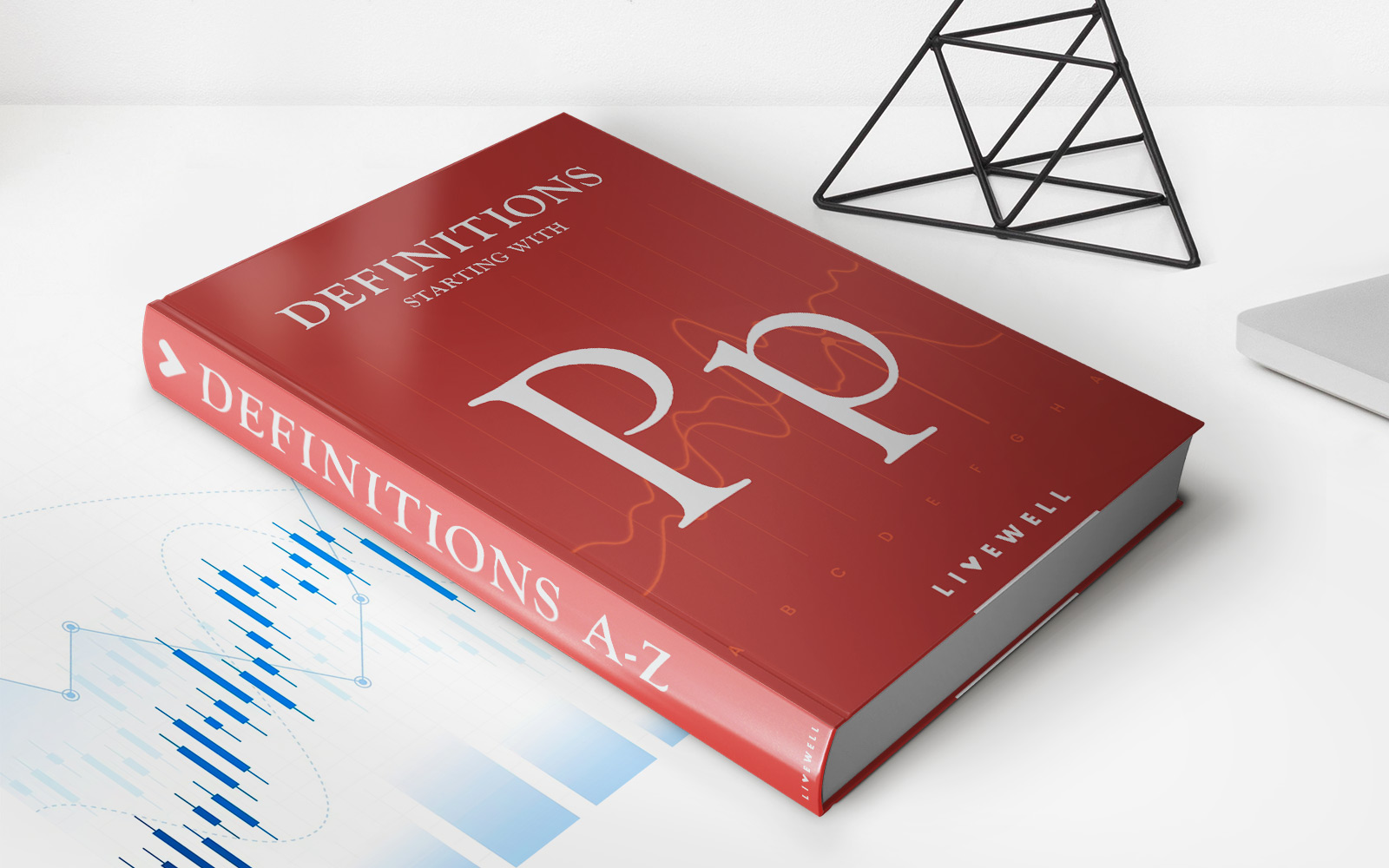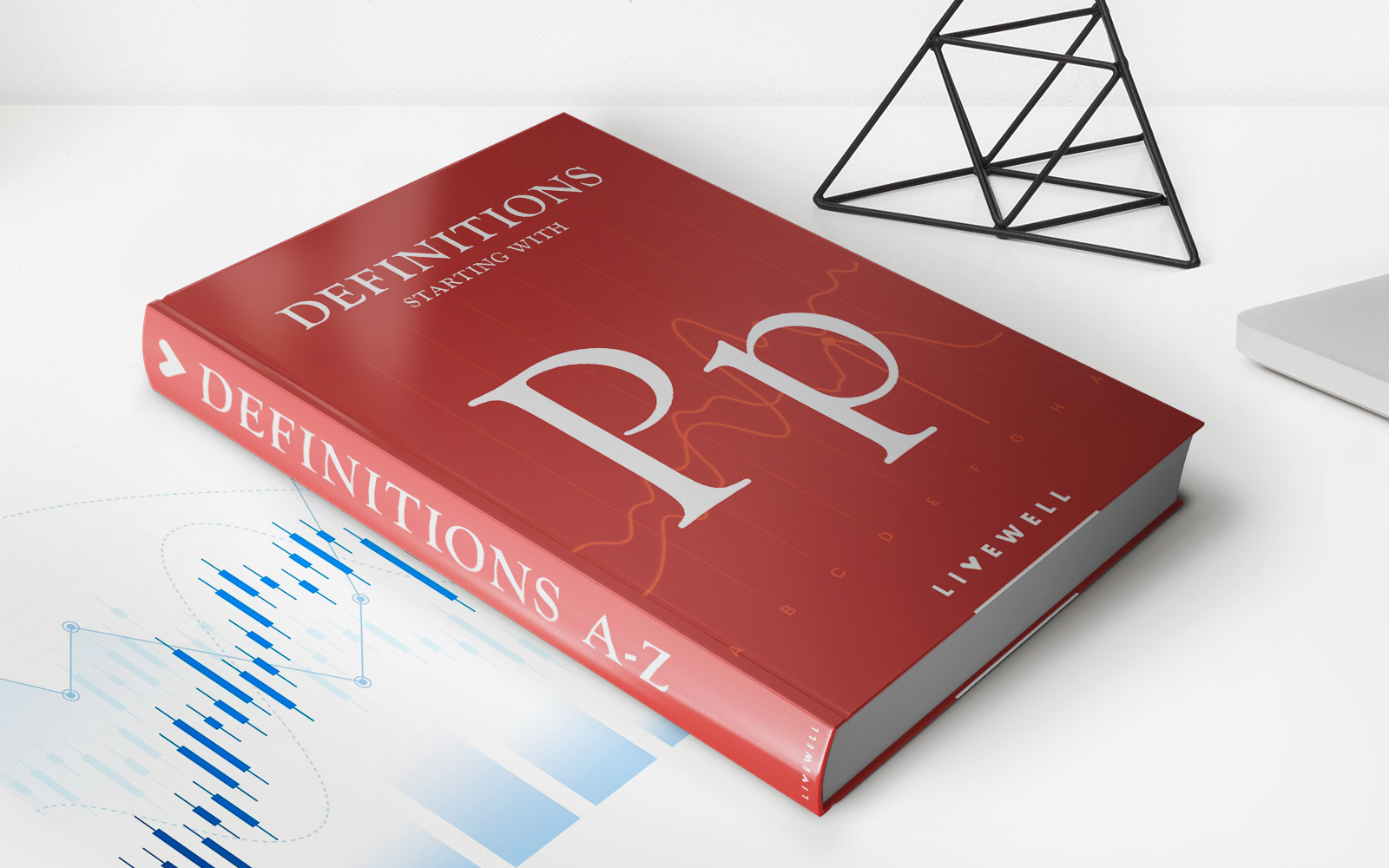Home>Finance>Provisional Patent Application (PPA) Definition, Benefits, And Filing


Finance
Provisional Patent Application (PPA) Definition, Benefits, And Filing
Published: January 13, 2024
Learn about the definition, benefits, and filing process for Provisional Patent Applications (PPA) in the finance industry. Discover how filing a PPA can protect your financial innovations.
(Many of the links in this article redirect to a specific reviewed product. Your purchase of these products through affiliate links helps to generate commission for LiveWell, at no extra cost. Learn more)
Understanding Provisional Patent Applications (PPA): A Guide to Protecting Your Inventions
Have you ever come up with a brilliant idea or invention and worried about someone else stealing it? As an entrepreneur or innovator, it’s crucial to protect your creations. One effective way to safeguard your intellectual property is through the use of Provisional Patent Applications (PPA). In this article, we’ll delve into the definition, benefits, and filing process of PPAs, helping you secure the future of your ideas.
Key Takeaways:
- Provisional Patent Applications (PPA) provide inventors with a one-year window to further develop and refine their inventions before filing a regular patent application.
- PPAs offer legal protection, establishing an earlier filing date and preserving your rights to your invention while giving you additional time to gather resources and secure funding.
What is a Provisional Patent Application (PPA)?
A Provisional Patent Application, commonly referred to as a PPA, is a type of patent application that serves as a preliminary step to obtaining a regular patent. It allows inventors to establish an early filing date for their invention and gives them a 12-month window to refine and develop their concept before filing for a formal patent.
One of the greatest benefits of filing a PPA is that it provides inventors with some protection for their invention, even before securing a full patent. By filing a PPA, you establish a legal record of your invention’s existence and preserve your rights to it. This can be crucial in cases where others may claim they invented the same or a similar concept after your filing date.
The Benefits of Filing a Provisional Patent Application:
Now that we understand the basics of PPAs, let’s explore the key benefits of filing one:
- Establishing an Early Filing Date: By filing a PPA, you create a fixed priority date for your invention. This filing date is crucial in determining who has rights to the invention in case of disputes or similar patent applications.
- Preserving Your Rights and Patent Pending Status: Filing a PPA grants you the right to use the term “patent pending.” This can deter potential infringers, as it signifies that legal measures are in place to protect your invention.
- Gaining Additional Time for Development: With a PPA, you have an additional year to refine and develop your invention. This time can be used to gather resources, conduct market research, and secure funding needed for the full patent application process.
- Reducing Costs: PPAs can be filed with the United States Patent and Trademark Office (USPTO) at a lower cost than regular patent applications. This makes them a more affordable initial step for inventors who are still in the early stages of development.
How to File a Provisional Patent Application
Filing a Provisional Patent Application can be a complex process, but with careful planning and attention to detail, it can be done successfully. Here’s a general outline of the steps involved:
- Document Your Invention: Start by documenting your invention thoroughly, including detailed descriptions, diagrams, and even prototypes if available. This documentation will serve as evidence of your invention’s conception.
- Prepare the Provisional Patent Application: Draft a clear and concise provisional patent application, including all relevant information about your invention. You can either seek the assistance of a patent attorney or use resources provided by the USPTO to ensure compliance with the required format and content.
- File the Application with the USPTO: Submit your completed provisional patent application to the USPTO via their online filing system or by mail. Pay the necessary filing fees and ensure that all required documents are included.
- Follow Up and Prepare for the Full Patent Application: Once your PPA is filed, you have 12 months to work on your invention and prepare for the filing of a regular patent application. Use this time wisely by conducting further research, refining your design, and seeking legal guidance if needed.
Remember, it’s always advisable to consult with a patent attorney or a professional in intellectual property law to ensure that you navigate the filing process correctly and maximize the protection of your invention.
Conclusion
Provisional Patent Applications (PPAs) offer inventors a valuable opportunity to secure their inventions, establish an early filing date, and gain additional time for development before filing for a regular patent. By filing a PPA, you can protect your intellectual property, preserve your rights, and give yourself the best chance of commercializing your invention successfully.
So, if you have an innovative idea or a groundbreaking invention, don’t hesitate to consider filing a Provisional Patent Application. Take advantage of the benefits it offers and safeguard the future of your creativity and hard work!














